Year 4 Measurement Worksheets
Adding and Subtracting Litres and Millilitres

Converting Between 12 and 24 Hour Time (A)

Converting Between 12 and 24 Hour Time (B)

Converting Between 12 and 24 Hour Time (C)
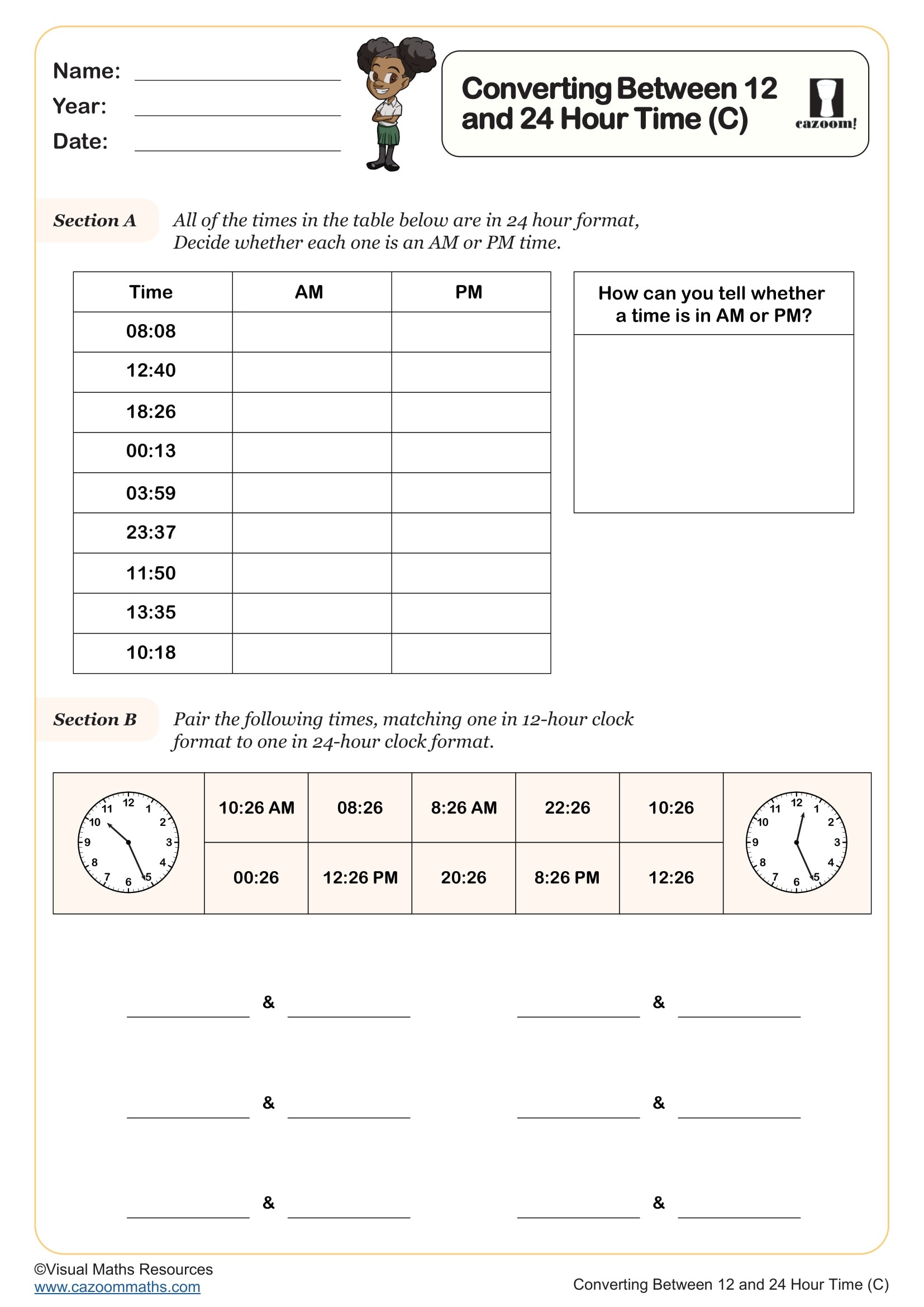
Estimating Shopping Bills
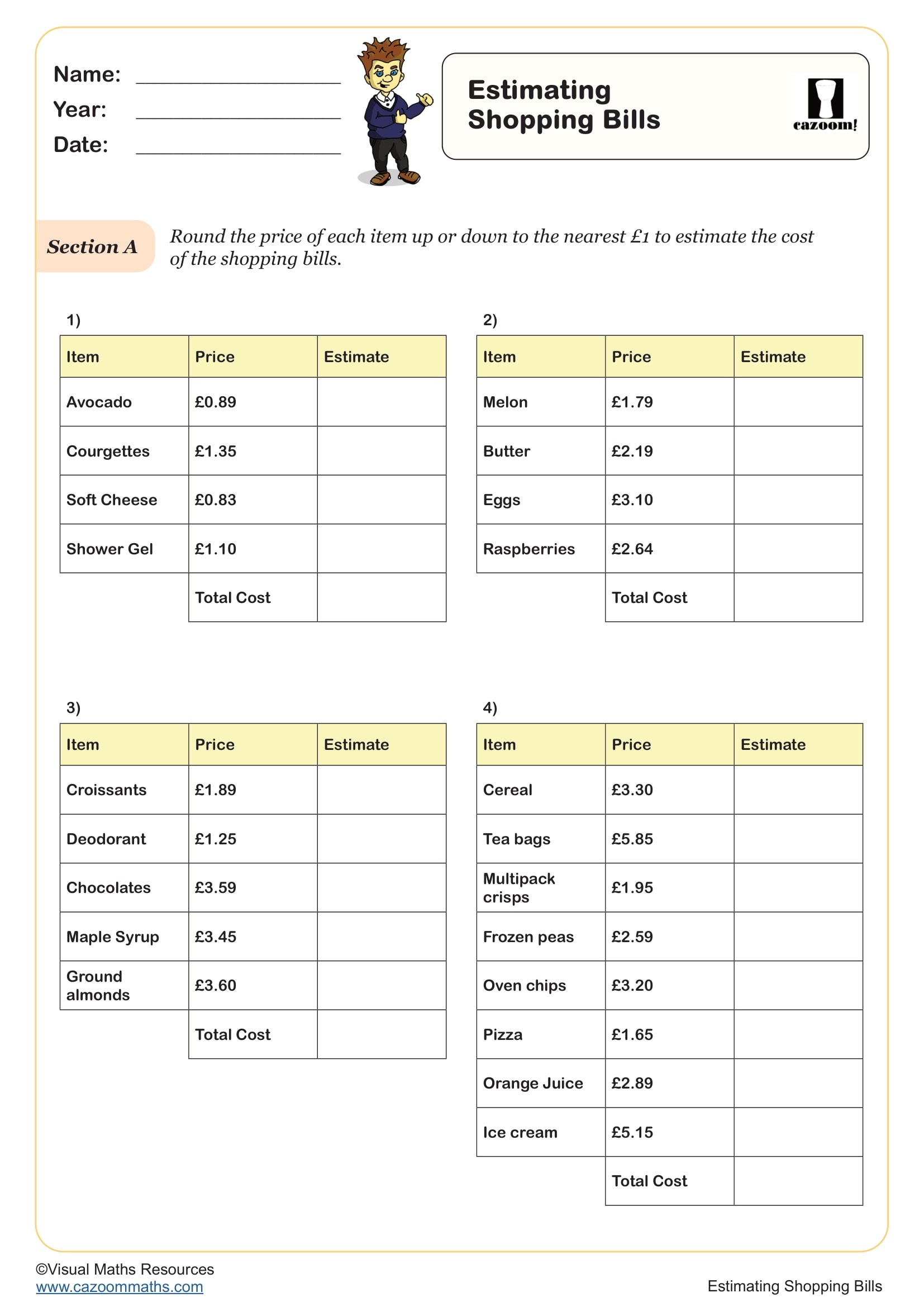
Giving Change (A)
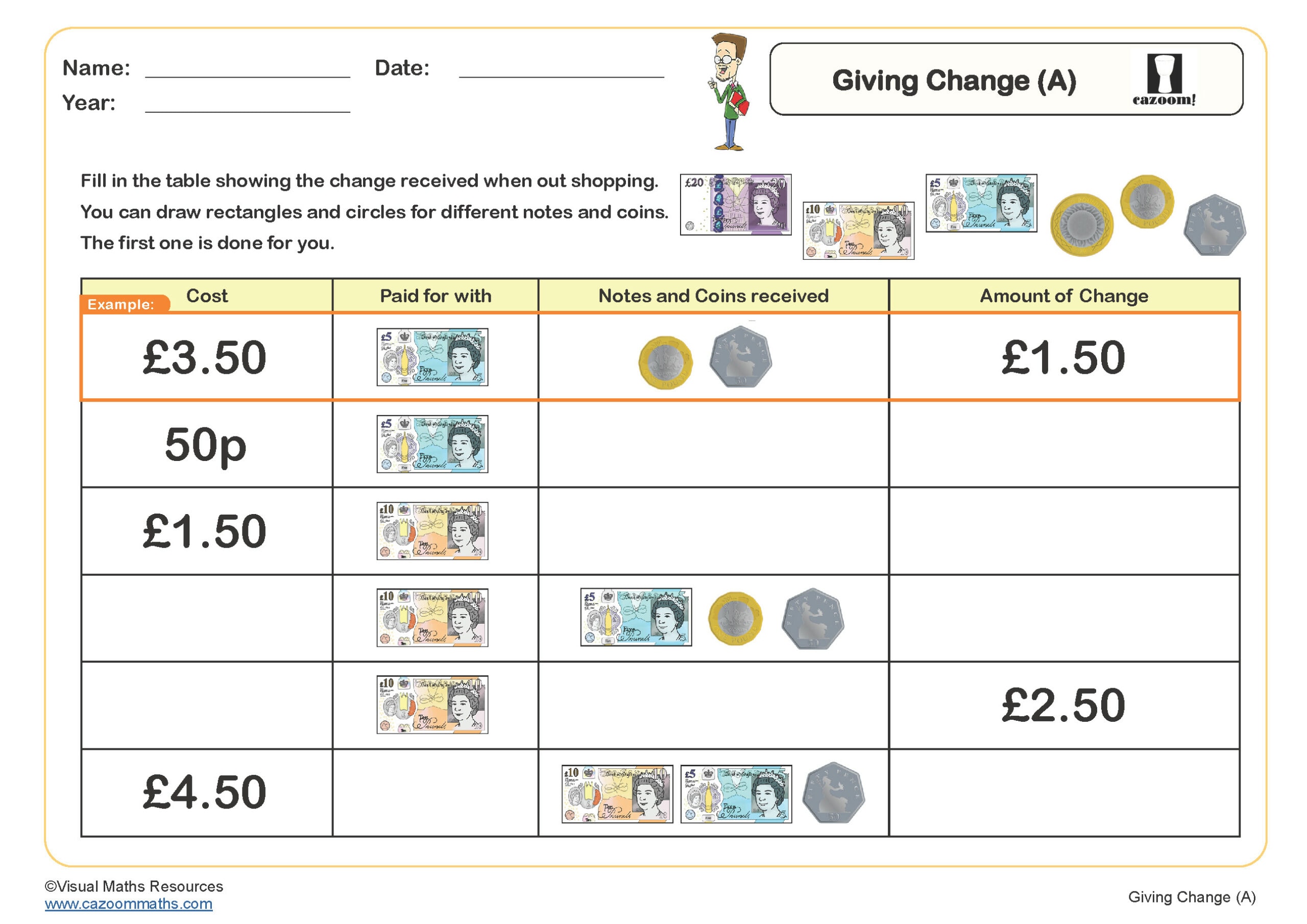
Giving Change (B)
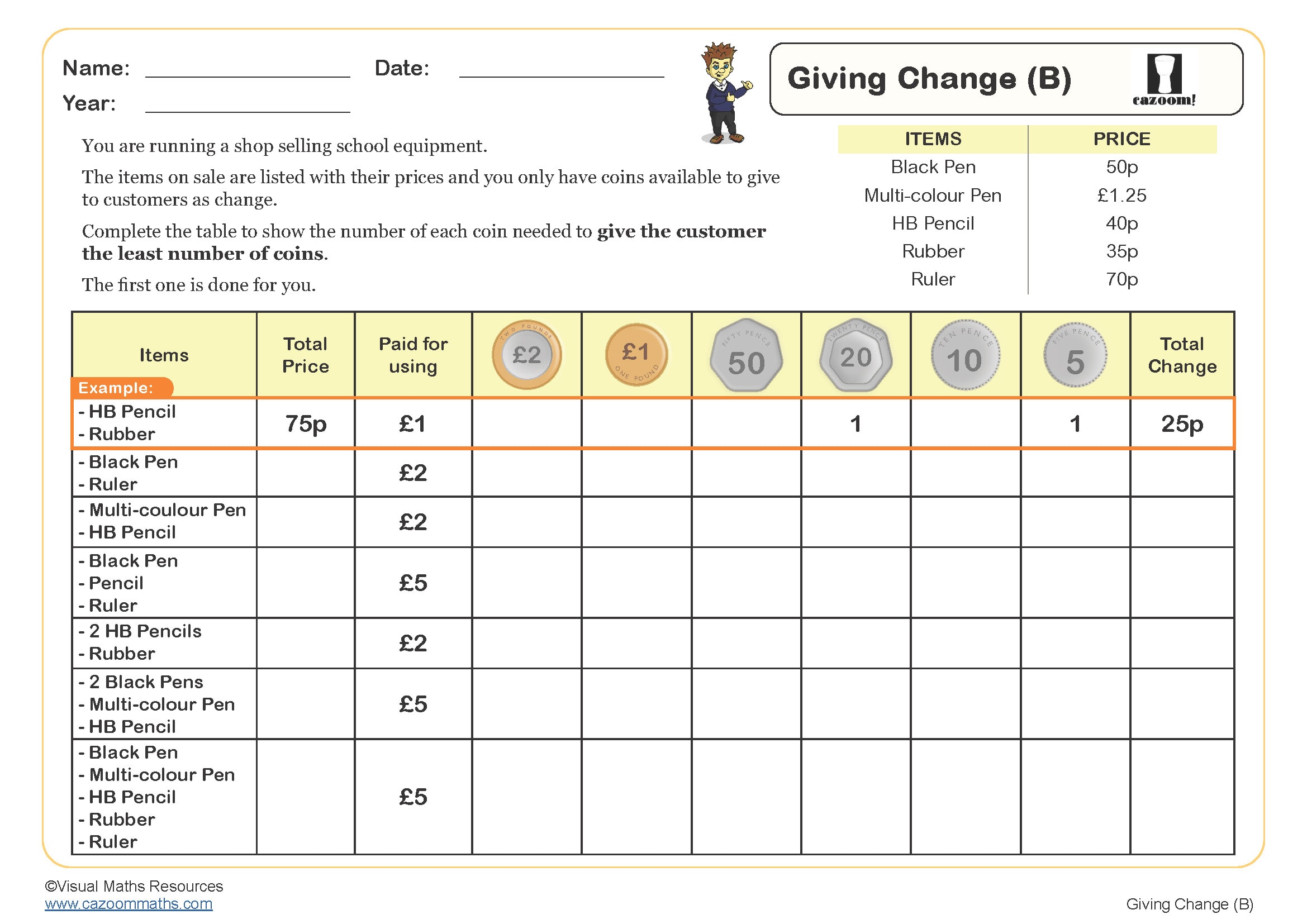
Giving Change (C)

Kilometres and Metres

Measuring Perimeter in Millimetres
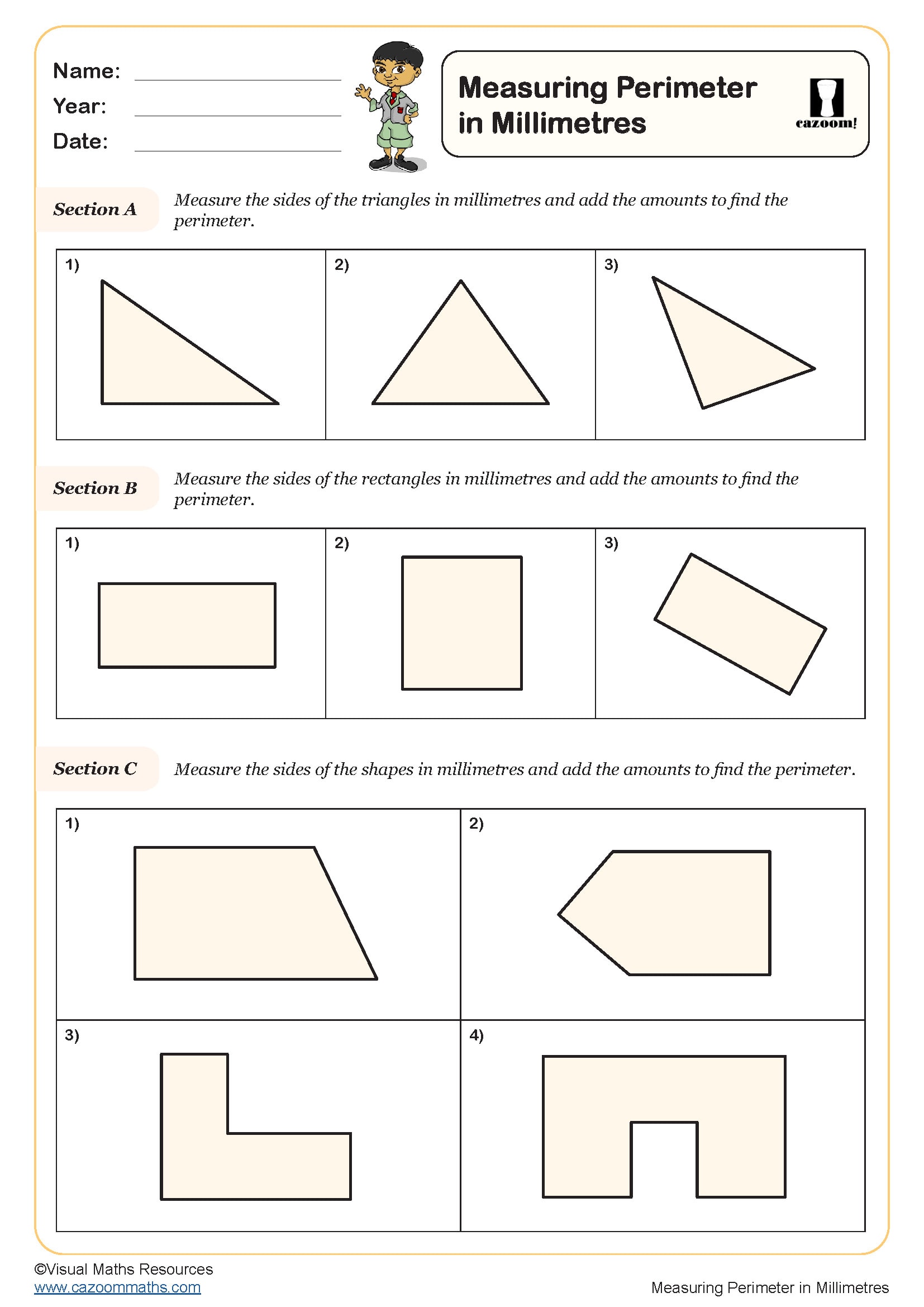
Pounds and Pence to Decimals
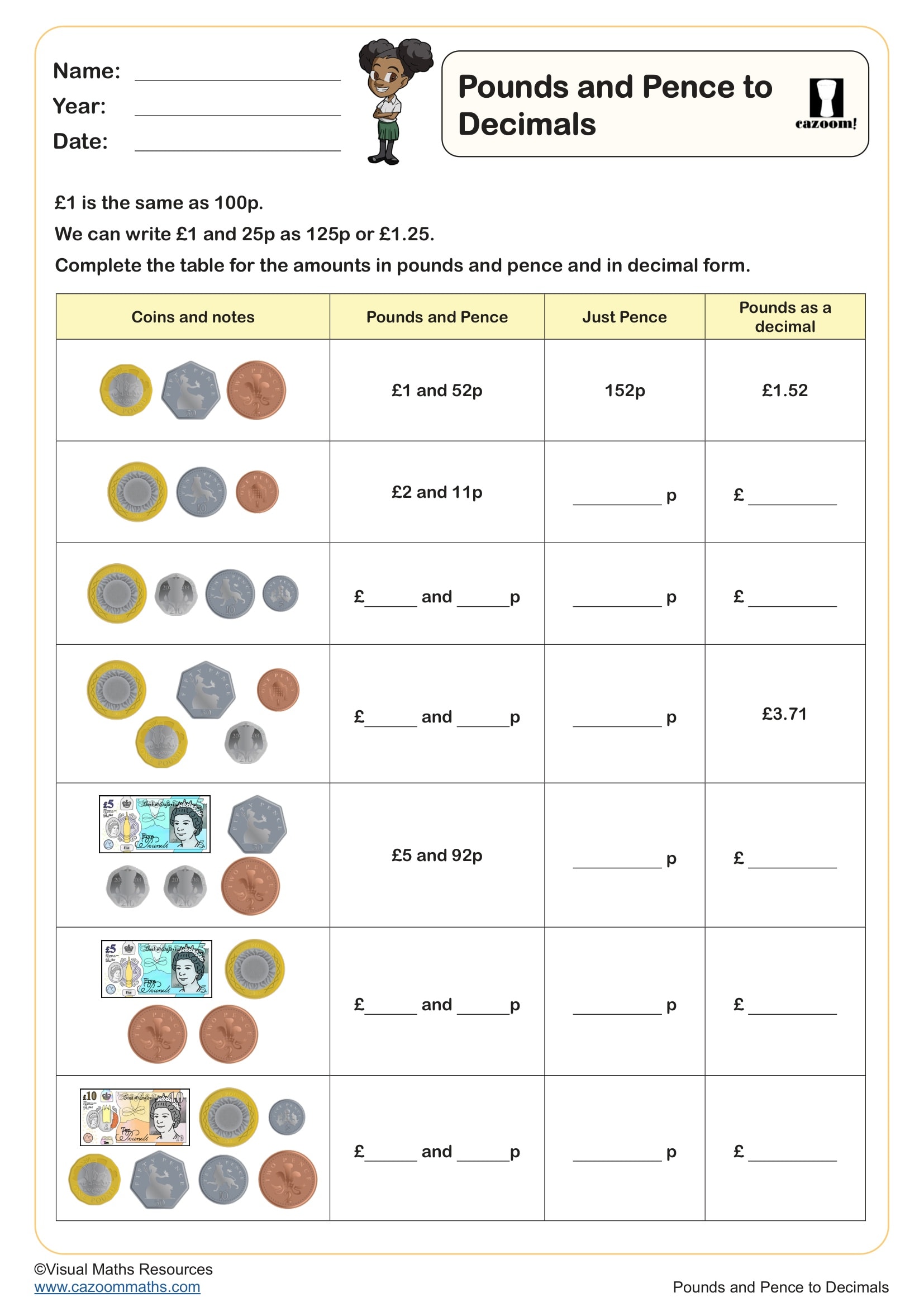
Telling the Time (A)

Telling the Time (B)
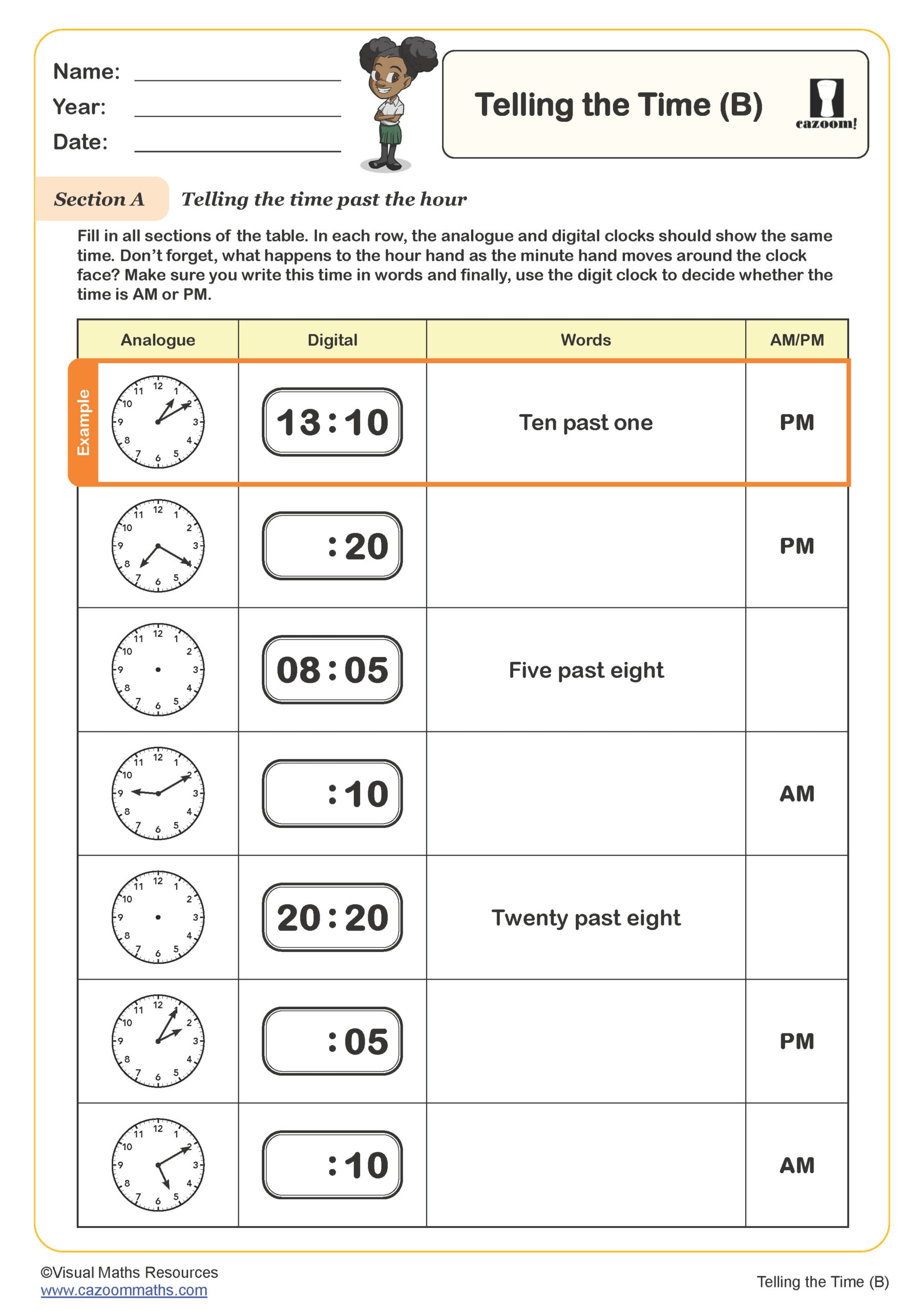
Telling the Time (C)

Using Metric Units (C)
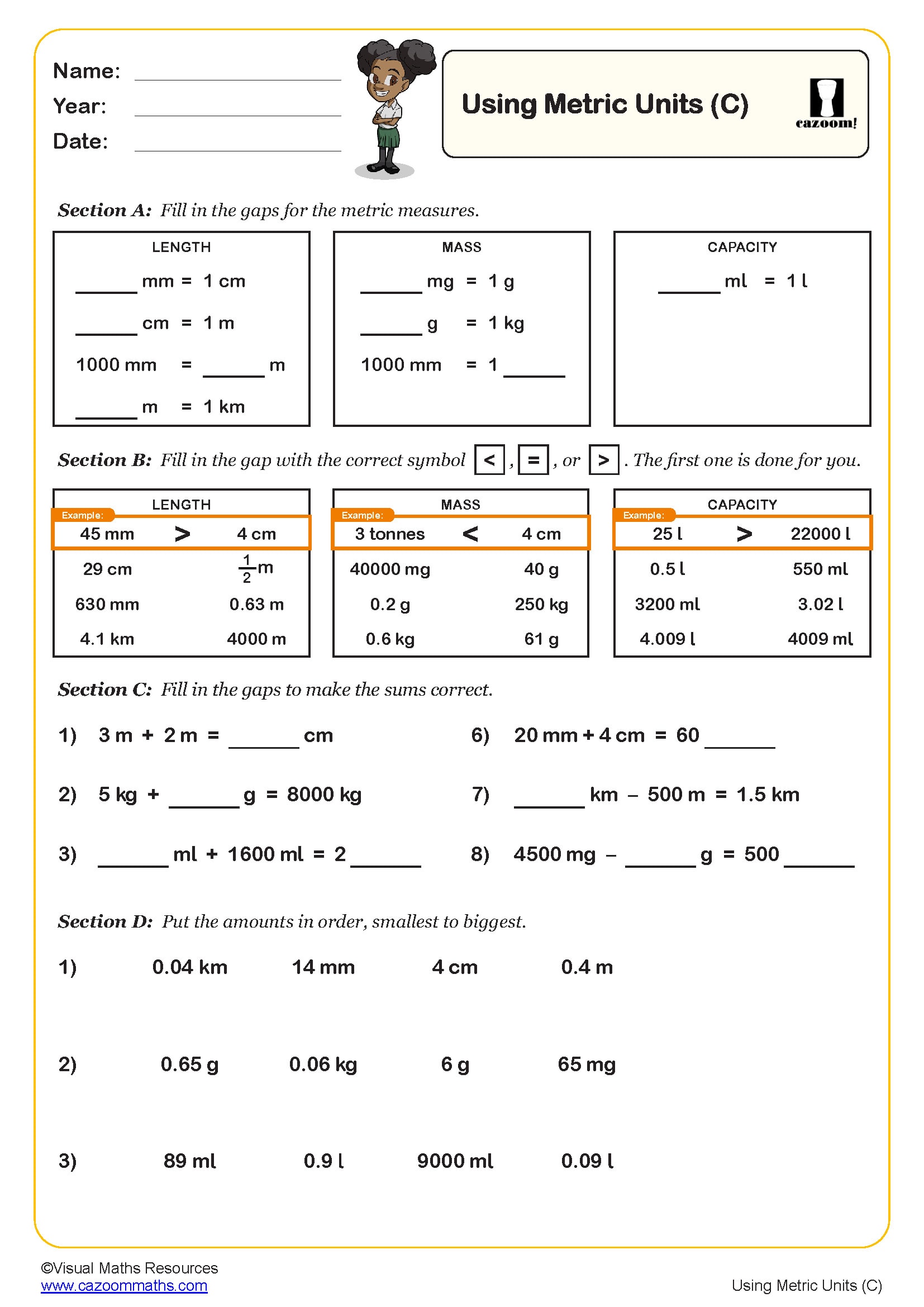
Using Metric Units (D)
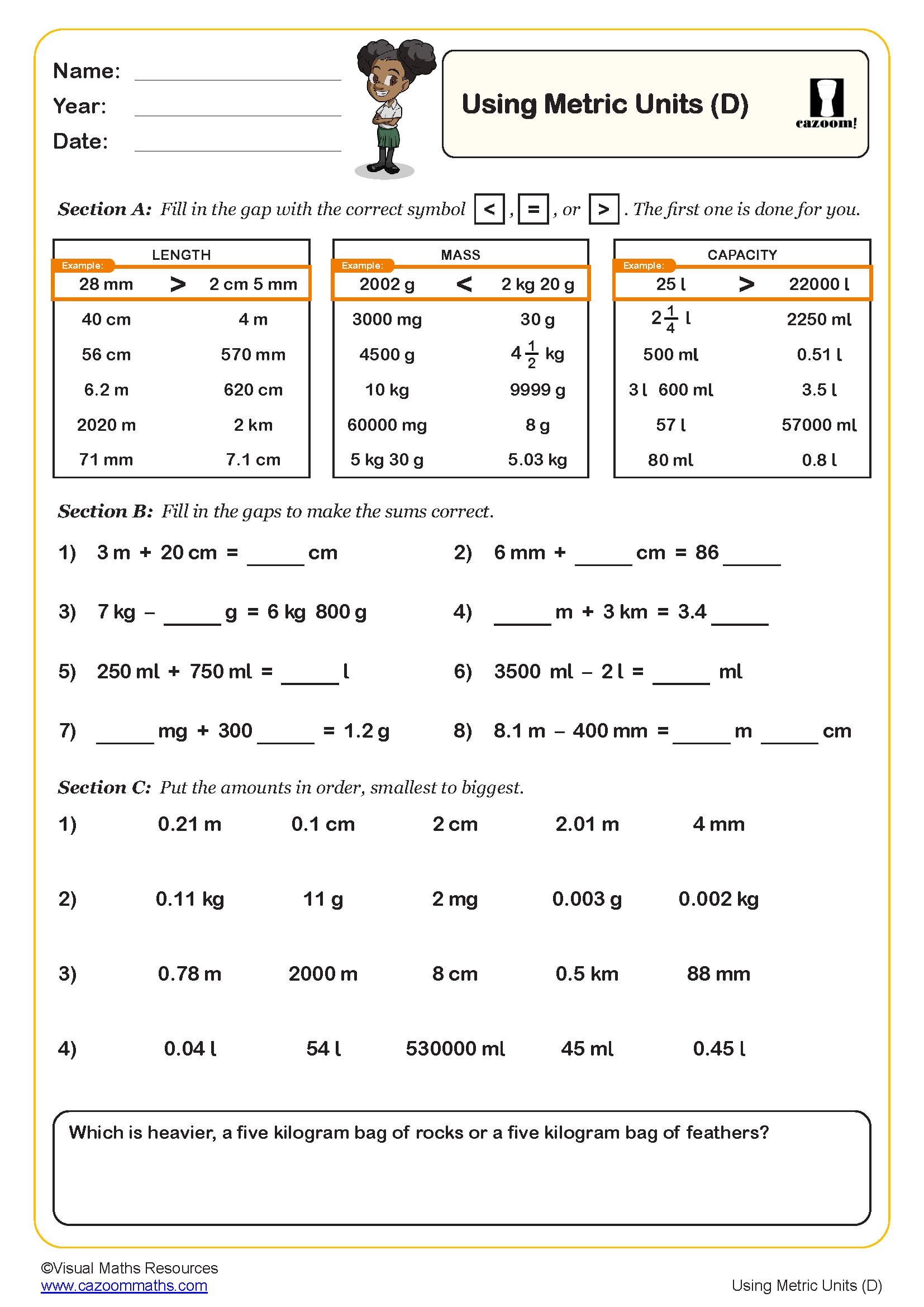
Download Printable Year 4 Measurement Worksheets with Visual Support
Quality resources for teaching measurement can be challenging to find, especially when you want something that combines clarity, variety, and curriculum alignment. That’s where our ready-to-use, printable PDF resources stand out. With worked examples, visual scales, and a mix of question types, they guide learners from basic to more complex measurement problems—all aligned to the UK National Curriculum.
Includes worksheets on:
• Measuring and converting millilitres and litres
• Calculating perimeter using centimetres and millimetres
• Comparing and converting kilometres and metres
• Reading and interpreting time intervals
• Understanding compound metric units
What’s Inside: Skills Covered in Our Year 4 Measurement Maths Worksheets
We’ve packed quite a lot into these maths measurement worksheets. They’re designed to strengthen not just recall, but reasoning and estimation too. The content flows from direct measurement tasks to multi-step word problems—great for building problem-solving confidence.
Topics include:
• Adding and subtracting metric units
• Estimating lengths, masses and capacities
• Word problems using real-life measurement scenarios
• Converting between units within the metric system
• Interpreting scales on measuring instruments and charts
Why Consistent Practice with Year 4 Measurement Worksheets Matters
We’ve found that students often need repeated exposure to really grasp measurement, especially when switching between units or dealing with compound steps. These resources offer regular, targeted practice that makes a visible difference.
Benefits of regular use:
• Reinforces key maths vocabulary
• Supports unit conversion fluency
• Boosts confidence with practical problem-solving
• Prepares students for SAT-style reasoning questions
• Helps identify and close learning gaps
Real-Life Applications: How Year 4 Students Use Measurement Every Day
Students always use their core measurement skills beyond their classrooms, even without realising it. Whether it’s cooking at home, designing in DT, or running in PE, these skills are constantly in use.
Measurement connects to:
• Science – Tracking temperatures and plant growth
• PE – Measuring distance and recording time
• Art & Design – Scaling drawings and planning layouts
• Cooking – Reading recipe quantities accurately
• Maths Challenges – Solving shopping or budgeting problems